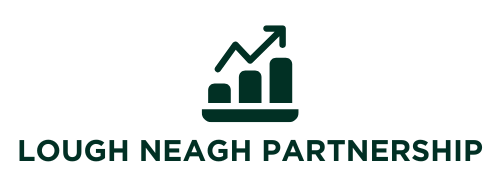Table of Contents
ToggleWelcome to the thrilling world of personal finance, where numbers jive and budgets don’t bite. If you think managing money is as exciting as watching paint dry, think again. This guide will turbo-charge your understanding of personal finance while sprinkling in some humor. So buckle up. They say that financial literacy is like having a superpower: just imagine what you could achieve with that cape flapping in the wind.
Understanding Personal Finance

The Importance of Financial Literacy
Financial literacy isn’t just a buzzword: it’s the cornerstone of a secure financial future. Without it, making informed decisions can feel like sailing without a compass. By grasping essential concepts, individuals can trust their instincts when it comes to spending, saving, and investing. In today’s complex economy, financial literacy is akin to having a guide who not only knows the terrain but can also point out the best dining spots along the way.
Key Concepts in Personal Finance
Personal finance encompasses several key elements: budgeting, saving, spending, and investing. Each of these components interlinks, forming the building blocks of a stable financial foundation. Budgeting lays the groundwork, helping individuals understand where their money goes. Saving for emergencies adds a layer of security, while investing fuels long-term growth. An understanding of these fundamentals ensures one isn’t overwhelmed by life’s financial curveballs.
Setting Financial Goals
Short-Term vs. Long-Term Goals
Setting financial goals is like plotting a course on a map. Short-term goals focus on immediate achievements, like saving for a vacation or paying off a small debt. Long-term goals, but, may target retirement or buying a home. By distinguishing between the two, individuals can create a balanced approach to their financial journey. Goals should not only inspire action but also provide clarity on what to prioritize.
SMART Goals Framework
Utilizing the SMART goals framework can make all the difference. Specific, Measurable, Achievable, Relevant, and Time-bound criteria help carve out clear financial paths. Instead of vague ambitions like “I want to save a lot of money,” individuals can frame intentions like “I will save $5,000 for a down payment on a house by December 2025.” This format keeps one motivated and accountable, ensuring they stay on track.
Building a Budget
Types of Budgets
Not all budgets are created equal: some resemble strict diets while others are more flexible. The zero-sum budget allocates every dollar to expenses, leaving no room for waste. Meanwhile, the 50/30/20 rule allows for flexibility, 50% goes to needs, 30% to wants, and 20% to savings. Determining which budget type suits your lifestyle can be key to long-term adherence to financial plans.
Tips for Sticking to Your Budget
Once a budget is in place, sticking to it requires discipline and strategy. Regularly check in with your goals to ensure you aren’t straying. Setting aside a specific time each week to evaluate spending can help keep one accountable. Using cash for discretionary expenses can also create a tangible connection to spending, making it easier to stick to that budget.
Saving and Investing Strategies
Emergency Funds: Why They Matter
An emergency fund acts as a financial safety net, crucial for unexpected expenses like car repairs or medical bills. Financial experts recommend having three to six months’ worth of living expenses saved to navigate potential shortfalls. Having that buffer can provide peace of mind and can make all the difference between a small mishap and a financial disaster.
Investment Basics for Beginners
Investing doesn’t have to be daunting. Individuals new to investing should start by educating themselves about various options like stocks, bonds, and mutual funds. A diversified portfolio can spread risk, enhancing potential returns. Investing is a marathon, not a sprint, so practicing patience and well-informed choice-making is vital for long-term success.
Managing Debt Wisely
Types of Debt: Good vs. Bad
Not all debt is created equal. Good debt, like student loans or mortgages, can build wealth and contribute positively to one’s financial profile. Bad debt, often associated with high-interest credit cards, provides short-term gratification while leading to long-term financial headaches. Understanding these distinctions can empower individuals to take control of their financial narratives.
Strategies for Paying Off Debt
Paying off debt requires a proactive approach. Utilizing methods like the avalanche (paying off high-interest debts first) or snowball (starting with the smallest debts) can lead to effective repayment strategies. Setting manageable monthly payments is essential, as is forgoing new debt until the old is cleared. Individuals can reclaim their financial freedom by applying these strategies consistently.
Tracking Your Financial Progress
Tools and Apps for Financial Monitoring
In an age of technology, tracking financial progress is easier than ever. Numerous apps help individuals gain insights into their spending habits, savings, and investment strategies. From Mint to YNAB (You Need A Budget), these tools enable users to visualize their financial journey, helping to keep them accountable and engaged.
Assessing Your Financial Health Regularly
Regular assessments of one’s financial health are critical for long-term success. Scheduling quarterly check-ins can help individuals adjust their goals and strategies as circumstances change. Consistent evaluations make it easier to spot areas for improvement and celebrate victories, but small.








